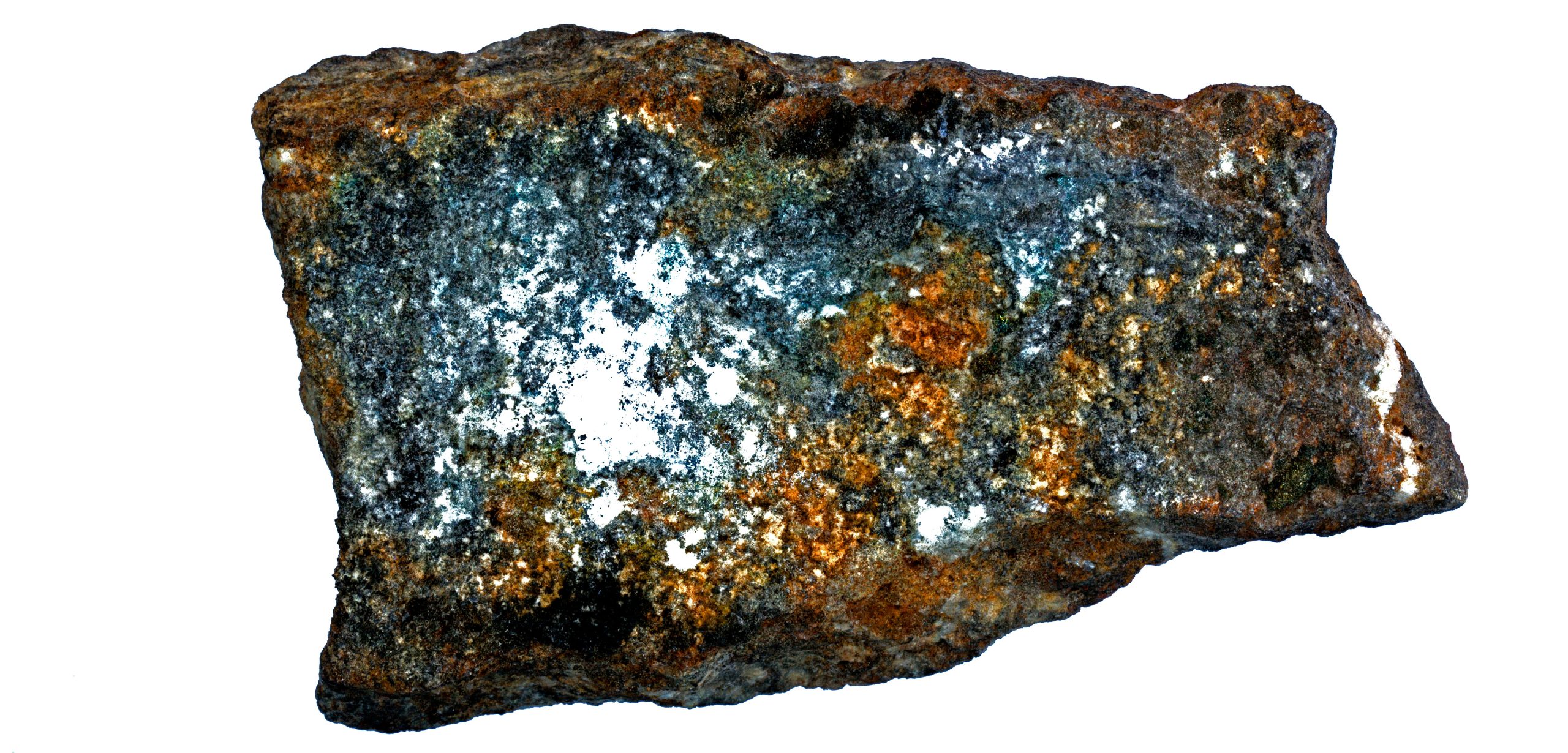Keeping Track of Deep-Sea Mining
A new website uses ship location data to track deep-sea mining exploration.
Article body copy
Mining companies have claimed more than a million square kilometers of ocean around the world and soon—maybe sooner than you think—will begin sending huge robotic diggers to grind up the seafloor and extract gold, copper, manganese, and other metals to feed our growing hunger for raw materials.
The mineral deposits, at concentrations many times those found on land, are embedded in the rocks around hydrothermal vents and in potato-sized nodules scattered across the deepest parts of the ocean. Mining proponents say they can be harvested in a cleaner and greener fashion than land-based ones, but marine scientists worry that mining will destroy sensitive ecosystems that have not yet been well studied.
Few people are aware of the global plans for deep-sea mining, let alone how extensive they are. So Douglas McCauley, a marine biologist at the University of California, Santa Barbara, built Deep Sea Mining Watch, an online portal that allows anyone to keep track of vessels engaged in ocean mining activities.
McCauley launched his website today, during a presentation at the Dreamforce software conference in San Francisco.
McCauley says that before he began this project, seafloor mining felt unreal; it was something that was far in the future. After collaborating on a project to track fishing boats, he decided to apply the same techniques to mining survey vessels. Once he started tracking the ships prospecting for mining sites, “the sense that it was a long way away evaporated,” he says.
That sensation is something he hopes others will experience when they visit the website. People in Hawaii, for example, might be surprised at how close some mining claims come to their territorial waters, he says: the distance from the edge of a series of mining claims that stretches 4,500 kilometers across the Pacific to the edge of the US 200-nautical mile exclusive economic zone around Hawaii is less than the distance from Kaua‘i to the Big Island.
“So many things in the ocean seem ‘out of sight, out of mind’,” he says. “This is a way to get people to see that it’s happening.”
Linwood Pendleton, a marine economist at the European Institute for Marine Studies in Brest, France, says that kind of perspective will be useful. “With the ocean we always assume that the things we do to it are just pinpricks,” he says. “This really puts into perspective our activities over a large area.”
Deep Sea Mining Watch uses the publicly available maritime Automatic Identification System (AIS) that tracks the location of all large ships. McCauley and his colleagues run the AIS data through a behavioral algorithm to identify the ships likely to be involved in ocean mining: ships that are prospecting for seafloor mineral deposits tend to move slowly and change direction often. They also use mining industry reports and tips from local citizens to confirm the information. The data, which will be a few weeks old once it is posted, due to the prohibitive expense of real-time data, only tracks surface ships, not the seafloor diggers that will eventually be deployed. But since the submersible machines must remain closely tethered to their support vessels, it is still an accurate reflection of their activity.
McCauley says there are many ways the data could be used: conservation groups may use it to keep an eye on which ecologically sensitive areas are being explored, or governments could check up on whether the vessels are staying within their assigned claim areas. But McCauley thinks if people are exposed to this kind of information, the data will be used in even more creative ways. “I hope to see dozens of uses we didn’t anticipate,” he says.
Since the deep-sea mining industry is still at a relatively early stage of development—companies only began seriously exploring for seafloor mineral deposits in the past decade, and the first extraction activities are planned to start near Papua New Guinea in 2018—McCauley hopes that Deep Sea Mining Watch will have an opportunity to help shape the conversation around how the industry should evolve. There is still time, he says, for people to have their say on where and how the mining should happen.

